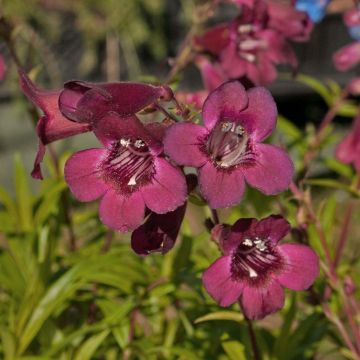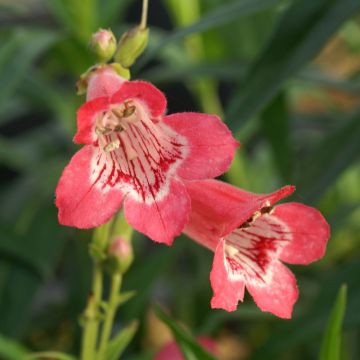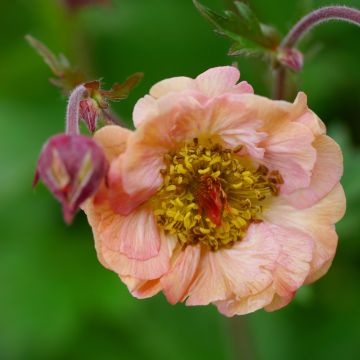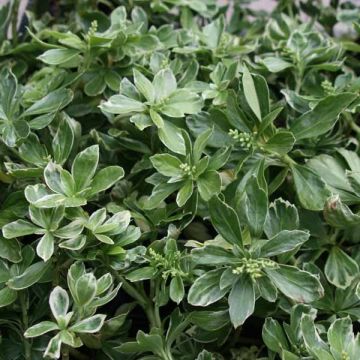

Penstemon smallii - Beardtongue


Penstemon smallii - Beardtongue
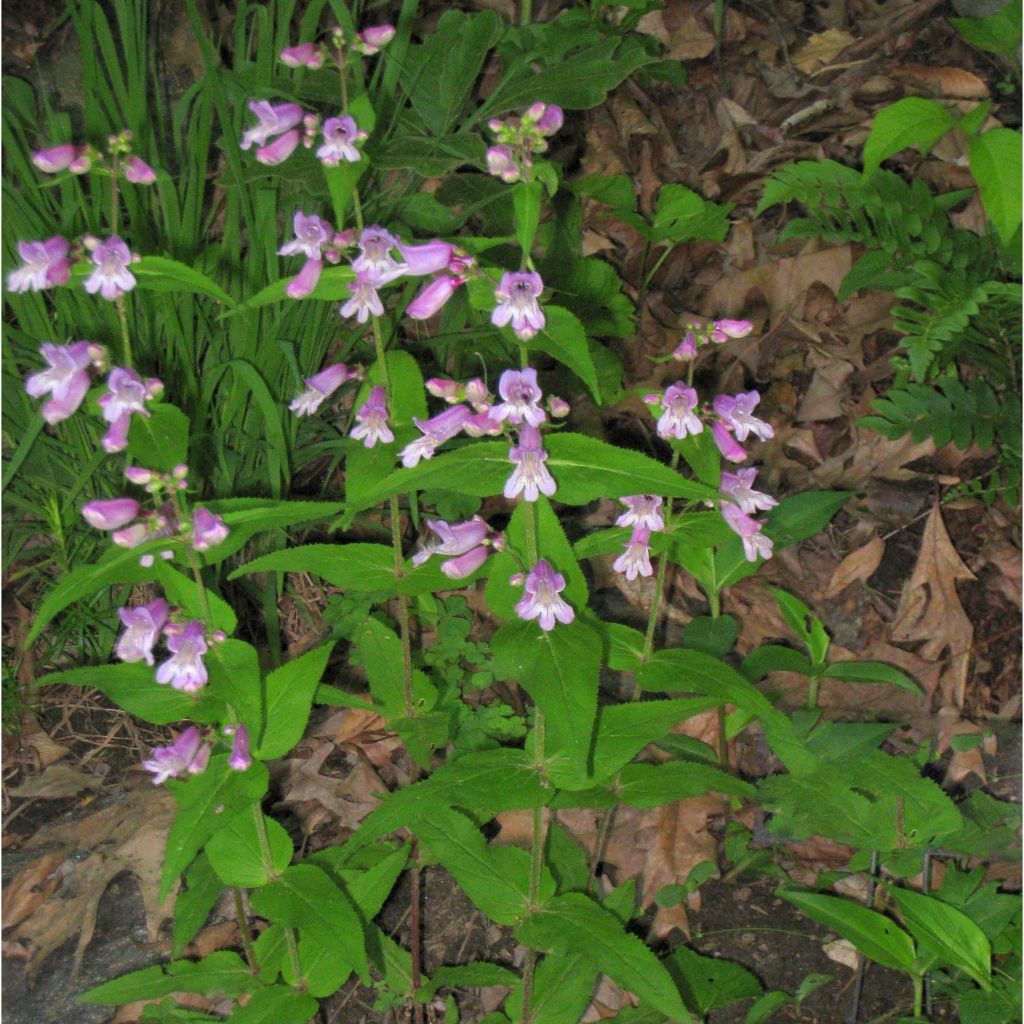

Penstemon smallii - Beardtongue


Penstemon smallii - Beardtongue
Penstemon smallii - Beardtongue
Penstemon smallii
Chelone, Galane, Penstemon
Special offer!
Receive a €20 voucher for any order over €90 (excluding delivery costs, credit notes, and plastic-free options)!
1- Add your favorite plants to your cart.
2- Once you have reached €90, confirm your order (you can even choose the delivery date!).
3- As soon as your order is shipped, you will receive an email containing your voucher code, valid for 3 months (90 days).
Your voucher is unique and can only be used once, for any order with a minimum value of €20, excluding delivery costs.
Can be combined with other current offers, non-divisible and non-refundable.
Why not try an alternative variety in stock?
View all →This plant carries a 12 months recovery warranty
More information
We guarantee the quality of our plants for a full growing cycle, and will replace at our expense any plant that fails to recover under normal climatic and planting conditions.
Would this plant suit my garden?
Set up your Plantfit profile →
Description
The Penstemon smallii is a perennial beardtongue that should appeal to lovers of natural, flowing gardens. This North American species combines a commendable tolerance for moisture, a charming two-tone pink flowering, and a friendly tendency to self-seed randomly in the garden in slightly cool areas. Its generous summer flowering is carried by a bushy plant whose foliage beautifully takes on chocolate to purple tones at the end of the season. This lovely plant tolerates ordinary, well-drained, preferably acidic soil and easily survives our winters.
The penstemon smallii belongs to the family Scrophulariaceae, just like foxgloves and snapdragons. It is a botanical species native to the mountainous regions of the southeastern United States. It is a bushy herbaceous perennial plant whose above-ground vegetation almost completely dries up in winter, except for the basal rosette of leaves that persists. This penstemon forms a beautiful tuft of about 55 cm (22in) in all directions, composed of branched stems adorned with dark green lanceolate foliage, which tinges more or less with brown to purple during the season, just like the stems. Its growth is relatively rapid. The flowering extends from July to early September, lasting about five weeks and developing in the terminal part of the leafy stems. The bicoloured flowers, of a good size, with long bell-shaped campanulate corollas, slightly hairy, are gathered in somewhat loose clusters. They display a wine-coloured pink on the outside, with the interior of the corolla equipped with long bristles, a very pale pink streaked with purple. After pollination by pollinating insects, fruits containing fine seeds are formed, which spontaneously self-sow in favourable areas.
The penstemon smallii is used in beds or borders, in a sunny or shaded position in the afternoon in hot climates, and among perennials such as bellflowers and columbines, Carex, or even foxgloves. Its pairing with pink or purple Dahlias is also very successful. Penstemons also make perfect-cut flowers.
Penstemon smallii - Beardtongue in pictures






Flowering
Foliage
Plant habit
Botanical data
Penstemon
smallii
Scrophulariaceae (Plantaginaceae)
Chelone, Galane, Penstemon
North America
Other Penstemon
View all →Planting and care
Penstemon smalli is a hardy plant that grows best in soil that is well-drained. It prefers light, slightly acidic, and rich soil that remains moist throughout the summer. The soil quality is crucial for the successful growth of Penstemon smalli. It requires fresh and rich soil that is not too clayey, as it becomes waterlogged during winter. Excessively moist soils can cause the stumps of Penstemon smalli to rot quickly.
In cool climates, place the plant in a warm, sunny location that is sheltered from cold winds. A south or west-facing location is ideal. In hot climates, choose a shaded location that is cool in the afternoon. Penstemon smalli is not vulnerable to any specific diseases and requires only minimal maintenance. In autumn, remove the faded flowers, and slightly shorten the deflowered stems without cutting them to the ground. This is particularly important in humid areas where the foliage plays a vital role in moisture regulation. Wait until spring is well established (March-April) to shorten the branches whose foliage has been damaged by the cold. If summer is dry, water regularly to support flowering.
In colder regions, covering the base with straw or a cold frame is recommended to protect it from severe cold. To rejuvenate the plant, divide your penstemons every three or four years, but do this only in the spring.
Planting period
Intended location
Care
Planting & care advice
This item has not been reviewed yet - be the first to leave a review about it.
Similar products
Haven't found what you were looking for?
Hardiness is the lowest winter temperature a plant can endure without suffering serious damage or even dying. However, hardiness is affected by location (a sheltered area, such as a patio), protection (winter cover) and soil type (hardiness is improved by well-drained soil).

Photo Sharing Terms & Conditions
In order to encourage gardeners to interact and share their experiences, Promesse de fleurs offers various media enabling content to be uploaded onto its Site - in particular via the ‘Photo sharing’ module.
The User agrees to refrain from:
- Posting any content that is illegal, prejudicial, insulting, racist, inciteful to hatred, revisionist, contrary to public decency, that infringes on privacy or on the privacy rights of third parties, in particular the publicity rights of persons and goods, intellectual property rights, or the right to privacy.
- Submitting content on behalf of a third party;
- Impersonate the identity of a third party and/or publish any personal information about a third party;
In general, the User undertakes to refrain from any unethical behaviour.
All Content (in particular text, comments, files, images, photos, videos, creative works, etc.), which may be subject to property or intellectual property rights, image or other private rights, shall remain the property of the User, subject to the limited rights granted by the terms of the licence granted by Promesse de fleurs as stated below. Users are at liberty to publish or not to publish such Content on the Site, notably via the ‘Photo Sharing’ facility, and accept that this Content shall be made public and freely accessible, notably on the Internet.
Users further acknowledge, undertake to have ,and guarantee that they hold all necessary rights and permissions to publish such material on the Site, in particular with regard to the legislation in force pertaining to any privacy, property, intellectual property, image, or contractual rights, or rights of any other nature. By publishing such Content on the Site, Users acknowledge accepting full liability as publishers of the Content within the meaning of the law, and grant Promesse de fleurs, free of charge, an inclusive, worldwide licence for the said Content for the entire duration of its publication, including all reproduction, representation, up/downloading, displaying, performing, transmission, and storage rights.
Users also grant permission for their name to be linked to the Content and accept that this link may not always be made available.
By engaging in posting material, Users consent to their Content becoming automatically accessible on the Internet, in particular on other sites and/or blogs and/or web pages of the Promesse de fleurs site, including in particular social pages and the Promesse de fleurs catalogue.
Users may secure the removal of entrusted content free of charge by issuing a simple request via our contact form.
The flowering period indicated on our website applies to countries and regions located in USDA zone 8 (France, the United Kingdom, Ireland, the Netherlands, etc.)
It will vary according to where you live:
- In zones 9 to 10 (Italy, Spain, Greece, etc.), flowering will occur about 2 to 4 weeks earlier.
- In zones 6 to 7 (Germany, Poland, Slovenia, and lower mountainous regions), flowering will be delayed by 2 to 3 weeks.
- In zone 5 (Central Europe, Scandinavia), blooming will be delayed by 3 to 5 weeks.
In temperate climates, pruning of spring-flowering shrubs (forsythia, spireas, etc.) should be done just after flowering.
Pruning of summer-flowering shrubs (Indian Lilac, Perovskia, etc.) can be done in winter or spring.
In cold regions as well as with frost-sensitive plants, avoid pruning too early when severe frosts may still occur.
The planting period indicated on our website applies to countries and regions located in USDA zone 8 (France, United Kingdom, Ireland, Netherlands).
It will vary according to where you live:
- In Mediterranean zones (Marseille, Madrid, Milan, etc.), autumn and winter are the best planting periods.
- In continental zones (Strasbourg, Munich, Vienna, etc.), delay planting by 2 to 3 weeks in spring and bring it forward by 2 to 4 weeks in autumn.
- In mountainous regions (the Alps, Pyrenees, Carpathians, etc.), it is best to plant in late spring (May-June) or late summer (August-September).
The harvesting period indicated on our website applies to countries and regions in USDA zone 8 (France, England, Ireland, the Netherlands).
In colder areas (Scandinavia, Poland, Austria...) fruit and vegetable harvests are likely to be delayed by 3-4 weeks.
In warmer areas (Italy, Spain, Greece, etc.), harvesting will probably take place earlier, depending on weather conditions.
The sowing periods indicated on our website apply to countries and regions within USDA Zone 8 (France, UK, Ireland, Netherlands).
In colder areas (Scandinavia, Poland, Austria...), delay any outdoor sowing by 3-4 weeks, or sow under glass.
In warmer climes (Italy, Spain, Greece, etc.), bring outdoor sowing forward by a few weeks.
































